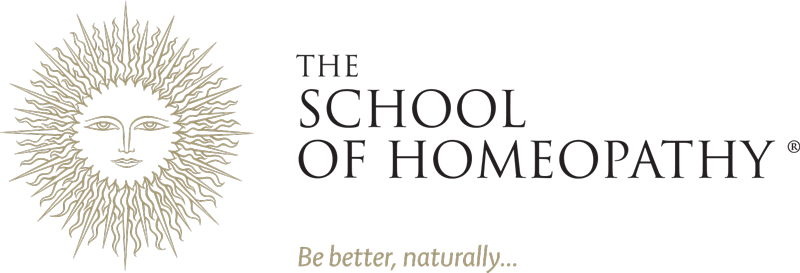Mouth ulcers, also known as canker sores, are small, painful sores that develop inside the mouth. They can appear on the tongue, gums, inside of the cheeks, or on the lips. Mouth ulcers can be caused by various factors, including injury, stress, nutritional deficiencies, or certain medical conditions.
Homeopathy is a holistic system of medicine that works on the principle of “like cures like.” It uses highly diluted substances to stimulate the body’s own healing mechanisms. Homeopathic remedies can be effective in addressing anxiety by addressing the underlying causes and promoting overall wellbeing.
Here are seven commonly used homeopathic remedies for mouth ulcers:
1. Borax (Bor.)
A remedy indicated for mouth ulcers that are sensitive to touch with a burning sensation. The ulcers may be surrounded by a red halo and can be worsened by hot food or drinks. Read more…
2. Mercurius solubilis (Merc. sol.)
Beneficial for mouth ulcers that are accompanied by excessive salivation, offensive breath and swollen glands. The ulcers may be painful and have a bluish-white coating. Read more…
3. Natrum muriaticum (Nat. mur.)
Recommended for mouth ulcers that are preceded by a burning sensation. The ulcers can be painful and appear on the lips or inside the mouth. There may be a craving for salty foods. Read more…
4. Kali bichromicum (Kali bich.)
Useful for mouth ulcers that are covered with a thick, adherent yellowish coating. The ulcers may be painful and tend to recur. Read more…
5. Arsenicum album (Ars.)
Prescribed for mouth ulcers accompanied by a burning sensation, anxiety and restlessness. The ulcers may be relieved by warm drinks. Read more…
6. Nitricum acidum (Nit. ac.)
Recommended for painful mouth ulcers with a splinter-like sensation. The ulcers may bleed easily and have a foul odour. Read more…
7. Sulphuricum acidum (Sul. ac.)
Indicated for mouth ulcers that are painful and have a burning sensation. The ulcers may be yellowish or greyish in colour. Read more…
Other natural ways to help mouth ulcers heal:
1. Maintaining oral hygiene: Practice good oral hygiene by brushing your teeth gently with a soft-bristle toothbrush and using a mild, natural mouthwash to keep the mouth clean.
2. Saltwater rinse: Rinse your mouth with a warm saltwater solution (one teaspoon of salt dissolved in a glass of warm water) several times a day to help reduce inflammation and promote healing.
3. Aloe vera gel: Apply a small amount of pure aloe vera gel to the affected area to soothe the pain and facilitate healing.
4. Honey: Dab a small amount of raw honey on to the mouth ulcers as it has natural antibacterial and healing properties.
5. Chamomile tea rinse: Prepare chamomile tea, allow it to cool, and use it as a mouth rinse to help soothe and heal mouth ulcers.
6. Avoid irritants: Avoid spicy, acidic, or hot foods that can irritate the mouth ulcers and prolong the healing process.
7. Nutritional support: Ensure you have a balanced diet rich in vitamins and minerals, particularly vitamin C, vitamin B complex, and zinc, as deficiencies in these nutrients can contribute to the development of mouth ulcers.
If your mouth ulcers persist or worsen, despite homeopathic remedies and natural interventions, it is advisable to consult with a healthcare professional or dentist for further evaluation and guidance.


